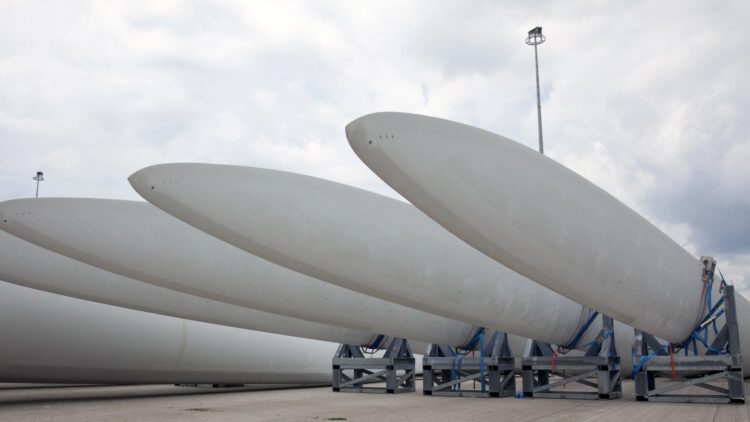Germany has proven that it is able to capture 14 gigawatts (GW) of energy from the air. With this, Germany can be seen as busying itself with the biggest wind project ever completed throughout the country’s history. Germany wishes to scale up wind energy and is showing its strategic resilience as a country committed to renewable energy despite opposition from other regions. Germany’s big project was backed with industry reports from the German Wind Energy Association and VDMA Power Systems which reflects a change in the wind industry.
A wind-powered initiative in Germany
Germany’s progress makes Germany one of the most top electricity sources ever since the country’s approval of the 14 GW wind capacity potential within a year. Dennis Rendschmidt, managing director at VDMA Power Systems spoke about how essential it is for governments to keep the momentum going.
Germany’s goal is to reach 115 GW of installed onshore wind capacity by 2030 so as to power the transportation sector, homes, and huge factories. The country ultimately aims to rely less on fossil fuels.
Germany is not just focused on the numbers but is looking at wind power’s role in making this agenda more cost effective. While photovoltaics depends mainly on imports from China, Germany’s wind industry sees the benefit of establishing a European manufacturing bases that is smarter and greener.
How is Germany relying on wind power?
Germany understands that wind power is necessary should the country wish to achieve its climate goals. Germany is choosing to pursue wind power for its own reasons. Approximately half of the electricity generated in 2024 in the country can be attributed to renewables. As such, the country takes note of the fact that if wind power is relied on, the country can use fossil fuels less.
The good news is that wind power is an economically viable option. The 2024 Fraunhofer Institute study provided information that the lifetime cost of wind energy ranges to more or less €0,225 per kilowatt-hour. Wind power could therefore be a more lucrative option than all other renewable energy sources.
Due to the high electricity cost in the country, Germany understands how lucrative it will be to scale up on renewable energy. Looking at the facts, Germany saw its largest project in history reaping the benefit of 14 GW from air alone and Germany seems reluctant to stop relying on wind power even though there is an ongoing debate throughout Germany pertaining to the most beneficial renewable energy sources.
Understanding where politics fit in with wind power
Wind power offers many benefits to Germans, but the reliance on wind power has received skepticism from political parties. One party, the Alternative for Germany (AfD), has based their election campaign on the premise that wind infrastructure needs to be dismantled. The AfD prefers fossil fuel revival as they see wind infrastructure as nothing more than “windmills of shame.”
Political forces including Sahra Wagenknecht Alliance (BSW) are in favor of modernizing wind power since Germany hopes to improve its climate challenge. Having over 30,000 turbines spinning throughout the nation, the wind agenda is growing too. Germany’s latest milestone proves the direction in which the country is headed. Despite political pressure rising and not all parties in favor of wind power, Germany is adopting climate friendly strategies towards energy independence.
Germany is in need of wind power should it wish to reduce its dependence on fossil fuels and live up to its climate friendly motive. All in all, Germany is edging closer to infinite energy, 72,000,000 °F for 43 seconds and that may be with a large stellarator that barks up the nuclear fusion pathway. Where Germany is headed in terms of its infinite energy goal remains yet to be seen.


